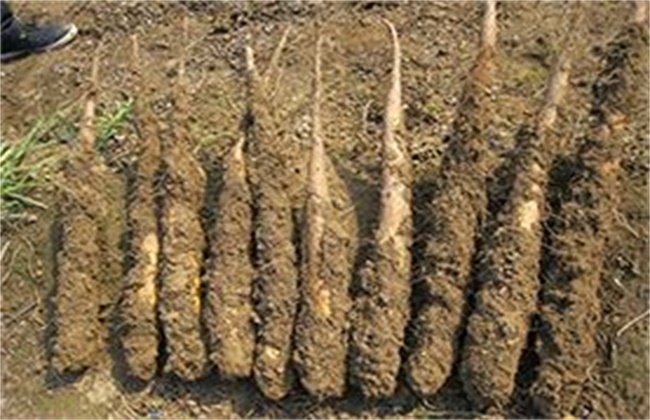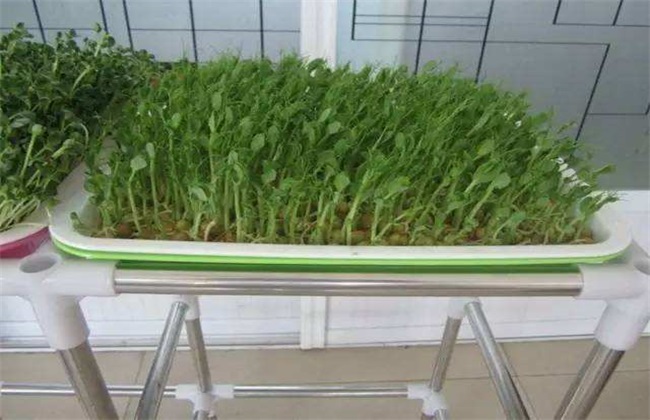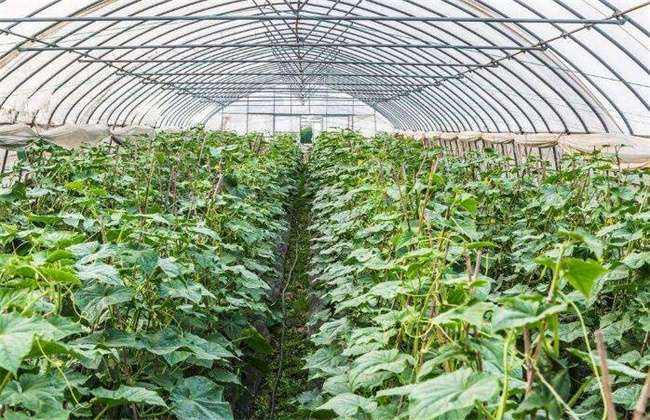Control measures of Root Rot of Chinese Yam
Yam is a vegetable with edible and medicinal health care value, which is deeply loved by consumers. Many people eat it carefully, so its market demand is large, and many people grow it. However, in the process of yam planting, root rot is a disease that seriously affects the yield and quality of yam, which brings great influence to growers. So how to prevent root rot of yam? Let's get to know each other.

1. Root rot symptoms
Root rot of Chinese yam mainly damages underground stems of Chinese yam. When underground stems are damaged, small water-stained spots or yellow-brown necrotic groups appear at first, and gradually develop into dark brown spots. During the hot and rainy season, the disease develops rapidly, sometimes producing white or pink mold, i.e. pathogenic conidia. After the plant is infected, the leaf color is not correct, the leaf color is faded or the leaf edge is necrotic, and the best result is plant death. After infection, yam is also extremely perishable during storage, often causing huge losses to growers.
II. Causes
There are many reasons for root rot of yam, such as too much planting density, too small row spacing, luxuriant stems and leaves in July and August, poor permeability, and easy disease occurrence when humidity is high. Or continuous cropping, soil bacteria accumulation more, or root nematode occurrence is more serious, will also induce root rot. When fertilizer is applied, undecomposed farm manure or organic fertilizer will be applied, and the bacteria carried in the fertilizer will enter the field, and root rot will also occur, or the sticky soil will be selected during planting, and the air permeability and water permeability are poor, and it is also easy to infect diseases. 7-8 Monthly precipitation is larger, in low-lying prone to ponding or poor drainage plot planting, humidity is larger, but also easy to disease.
III. Prevention and control measures
Pay attention to rotation, and corn, wheat, radish, watermelon and other crops should be rotated once every 3 years. When planting, high terrain, low humidity and fertile loose soil should be selected for sowing. When preparing land in autumn, sick and disabled bodies should be turned into soil. After freezing in winter and sunshine in spring, pathogens should be killed. Harvesting is to burn the sick bodies, weeds and rotten stems in a centralized manner, or take them out of the field and bury them deeply, reduce the base number of pathogens in the field, pay attention to drainage in rainy season, reduce the humidity in the field, increase the application of decomposed organic fertilizer, increase the porosity and permeability of the soil, and reduce the occurrence of diseases. At the early stage of disease, root irrigation with 30% metalaxyl·hymexyl solution (Ruimiaoqing),50% carbendazim·thiram 1000 times solution, 58% metalaxyl·manganese zinc 600-700 times solution, etc.
The above is an introduction to the control measures of yam root rot. I hope it can help you. If you want to know more about it, please pay attention to us.
Related
- Where is it suitable to grow horseradish in China? it is expected to see the middle altitude horseradish in Alishan.
- How to prevent tomato virus disease reasonably? (Control methods included)
- Many people like to plant towel gourd on the balcony. What are the main points of this method and management?
- What crops can chili peppers be mixed with?
- Fertilization techniques and matters needing attention in Tomato
- What are the grafting techniques for peach seedlings in spring?
- Harm and control methods of root swelling disease of Chinese cabbage
- What are the pests of sweet potatoes? How to prevent and cure it?
- Symptoms, causes and Control methods of navel Rot in Tomato
- The cause of "Cucumber rotten bibcock" in Farmers' planting Cucumber and its Control Plan



